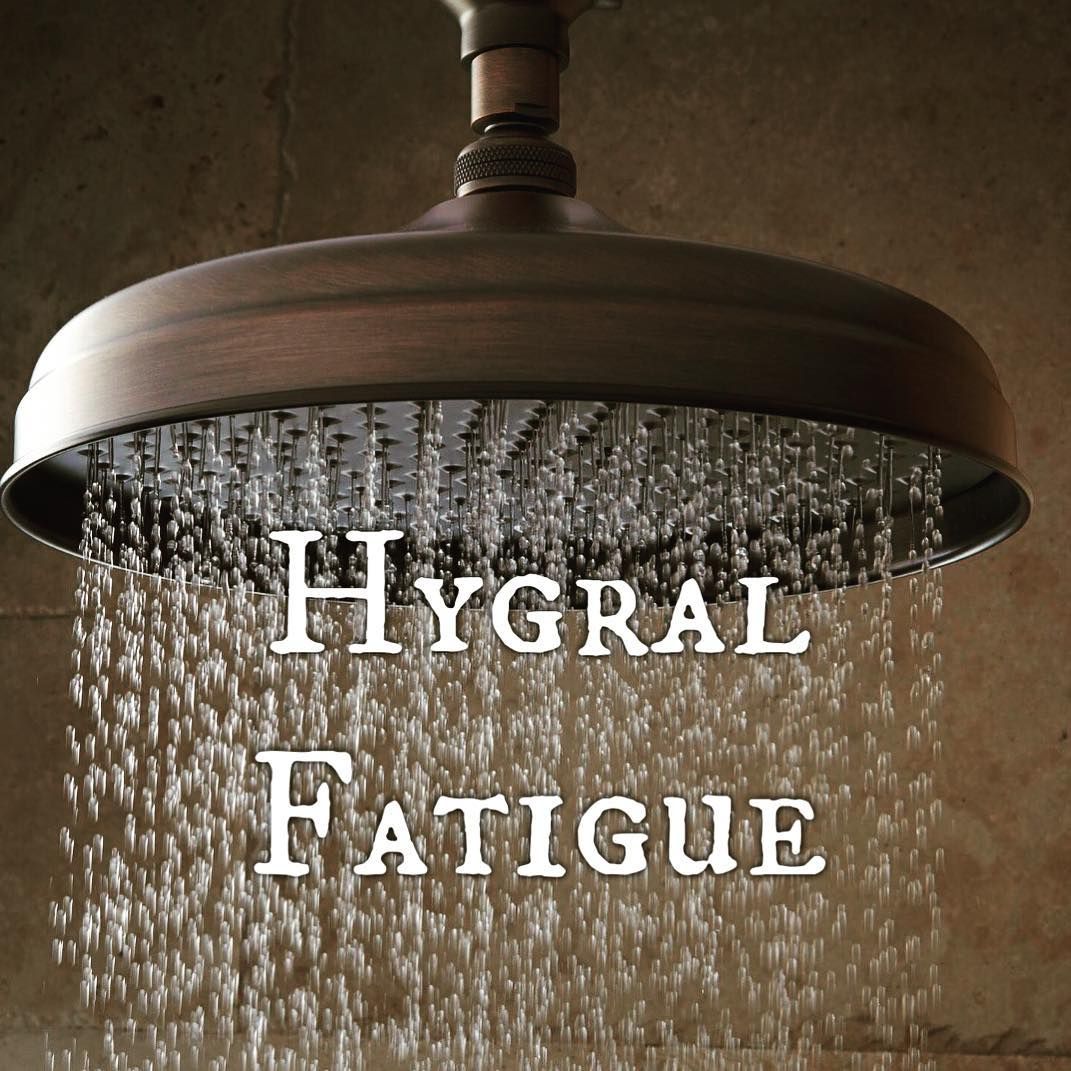Hygral fatigue is simply when your hair cuticle is damaged due to excessive moisture entering and exiting the hair cuticle. When your hair is wet, the cuticle swells with moisture and as it dries it contracts. The hair cuticle isn’t designed to constantly change form so it will weaken over time, which leads to breakage. High porosity hair is much more likely to experience hygral fatigue because it has very open cuticles, meaning that moisture can enter and exit the hair shaft very easily. Low porosity hair, has closed cuticles and therefore a hard time letting water in (and out), so it’s unlikely to experience hygral fatigue. Everyone’s hair is different and it is important to look at the signs and causes of hygral fatigue and then assess the state of your own hair.
Hygral fatigue can be caused by many things including, over conditioning (constant overnight conditioning or letting a deep conditioner sit too long on the hair), constantly wetting your hair without letting it dry completely, or not putting enough protein in your hair. These are only potential causes, and it totally depends on hair type, for example, low porosity hair already has a very high protein content, therefore using protein-less products can actually be extremely beneficial and not cause damage. A sign of hygral fatigue is low elasticity, if you notice that your hair stretches less than normal when wet and after you pull it it doesn’t return to its normal state. Other signs include weak or broken off hair, excessive shedding, or hair that has a mushy or gummy feeling when wet.
For high porosity hair experiencing hygral fatigue, the key to solving the issue is finding a balance between protein and moisture. Protein helps restore and strengthen the cuticle but it is important to not use too much. Excessive protein can cause the hair to become brittle. It is important to use trial and error to find your perfect, personalized routine. Using conditioners with protein, and coming up with a conditioning schedule and using the deep conditioner as directed. Some people find that deep conditioning doesn’t work well for their hair and may opt to use products with protein, such as coconut oil. There are different ingredients in conditioners that will help strengthen your hair and prevent hygral fatigue including, hydrolyzed wheat or soy protein, or quinoa protein. Additionally, reducing the amount of time your hair is soaking wet, in the shower or from overnight conditioning treatments is helpful. Pre-pooing is also great at strengthening your hair and preventing hygral fatigue. After styling your hair, sealing it with an oil will help keep moisture in your hair so it will do less contracting as it dries. Lastly, using products with low pH helps close the cuticles of high porosity hair, and therefore reduce the amount of water that is allowed to enter and exit the hair cuticle. Naturally, hair has a slightly acidic pH level between 4.5 to 5.5. Using products with a lower pH level will help close the cuticle of overly porous hair (which can help fight hygral fatigue), and using more alkaline products can help open up the cuticle, if necessary.
How to Correct Hygral Fatigue:
1. Pre-poo oil treatment with our Re-DO Prepoo oil that supports healthy strands, aids in repairing damage.
2. Choose a sulfate-free shampoo, use our Growpoo Clarifying Shampoo to remove product build-up so that your protein can penetrate better.
3. Apply a protein rich deep conditioner, our Protein Condish to restore and strengthen the cuticle but it is important to not use too much.
4. Rinse with cool water.
As you continue to add more strength to your hair, you can slowly incorporate moisture back into your regimen.
There’s no timeframe for your hair to recover from hygral fatigue. Some sections may recover faster than others and other people may be able to bounce back from it quickly.
It’s best to stay consistent with your regimen, pay attention to your hair and how it reacts, and be patient! This can be fixed and your hair will get back to flourishing soon by following healthy hair care practices!





